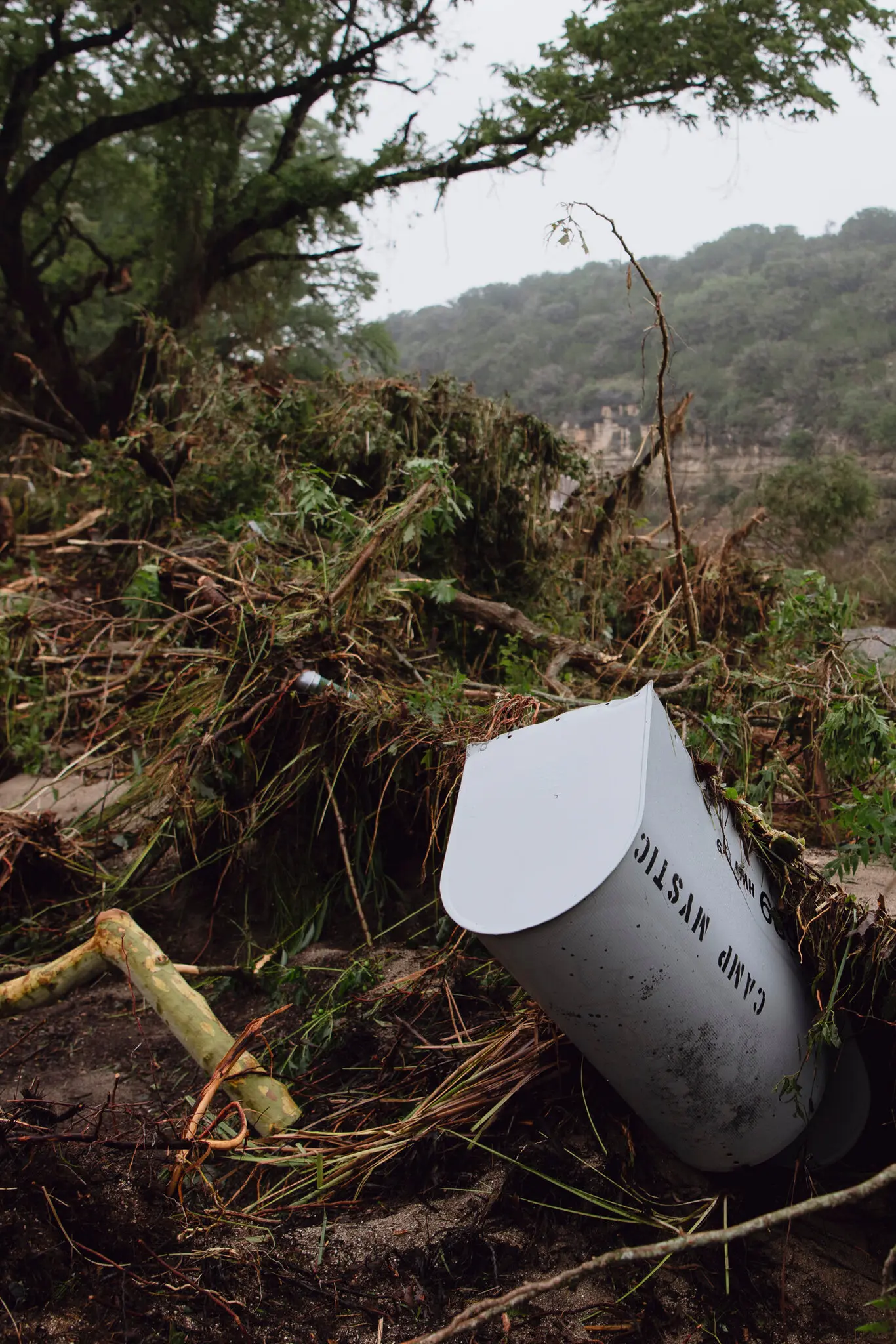Texas County Raised Flood Alarm Concerns Months Before Deadly Deluge
Officials in a Texas county had warned about the urgent need for improved flood alert systems months before a catastrophic flood claimed multiple lives. The tragedy has reignited scrutiny over delayed infrastructure funding and interagency communication failures.
A deadly flood that swept through parts of a Texas county last week, killing at least nine residents and displacing hundreds, has sparked outrage and calls for accountability after it was revealed that local officials had formally flagged the need for improved flood warning systems months before the disaster occurred. According to internal documents obtained through public records requests and interviews with local officials, county engineers and emergency managers had submitted multiple warnings to state agencies about vulnerabilities in the region’s flood detection and communication infrastructure. These pleas, raised as early as eight months before the flood, reportedly received little response or follow-up action.
A Warning Ignored
In September of last year, the county’s Office of Emergency Management submitted a formal request to the Texas Division of Emergency Management (TDEM), highlighting aging rain gauges, limited real-time monitoring capacity, and the lack of siren coverage in several flood-prone zones. A subsequent report by the county’s chief hydrologist warned that 'existing systems are insufficient to protect life and property during flash flood events, particularly in low-lying communities along the North Fork River. ' The report called for immediate upgrades to the flood alarm system and estimated a funding need of approximately $1.
2 million. Despite these alerts, the project was not prioritized in the most recent round of hazard mitigation grants. Officials now fear that bureaucratic inertia and overlapping responsibilities between local, state, and federal agencies contributed to the failure to act in time.
The Flood Event
Last week’s flooding was triggered by an intense and slow-moving thunderstorm system that dumped over 12 inches of rain across the region in less than 24 hours. Riverbanks breached, roads were submerged, and entire neighborhoods were inundated in the early morning hours. Due to the limited early warning systems in place, many residents were caught off guard.
Cell phone alerts were delayed in some areas, while sirens never sounded in others. “We had no idea the water was rising so fast,” said Sarah Bell, a resident of Pine Creek who lost her home. “We didn’t hear any warnings—just the sound of rushing water.
”
Local emergency services were overwhelmed. 911 call centers were inundated, and rescue crews used boats to retrieve stranded families from rooftops. Nine people were confirmed dead, including three children.
Dozens remain hospitalized. The Cost of Delay
As residents grieve and recover, attention has turned to the chain of missed opportunities that preceded the disaster. County Judge Rafael Morales, who presides over the local governing body, said during a press conference: “We flagged this issue in good faith.
We followed the protocols. We told the state what we needed. But the response was silence.
”
State officials have since acknowledged receiving the county’s requests but claim the funding process was still underway. A spokesperson for TDEM said, “We regret the tragic loss of life. The grant request is currently under review, and we are working with federal partners to expedite aid.
”
Critics argue that 'under review' is not good enough when lives are on the line. Environmental advocacy group RiverWatch Texas released a statement saying, “The time to invest in early warning systems was before—not after—catastrophe. This was a predictable failure.
”
Infrastructure Gaps and Funding Hurdles
Texas has long struggled with the patchwork nature of its flood management systems. While urban centers like Houston have invested in advanced flood modeling and warning networks, many rural counties remain underserved. Funding delays are common, particularly in low-income areas with less political clout.
FEMA’s hazard mitigation grant process, for example, can take 18–24 months from application to disbursement. Meanwhile, the effects of climate change are making extreme rainfall events more frequent and intense. According to a recent NOAA report, Texas has seen a 17% increase in the frequency of 100-year flood events over the past decade.
“It’s like patching holes in the roof during a hurricane,” said Dr. Marla Esposito, a climate policy expert at UT Austin. “Local officials are trying to act, but the funding pipeline and bureaucracy are too slow to keep pace with the risks.
”
Political Fallout
The tragedy has already sparked political fallout. State lawmakers representing the affected region have called for emergency hearings and are demanding answers from the TDEM and the Texas Water Development Board. Rep.
Lila Jenkins (D–Texas 31st) said on the House floor, “This is not just a natural disaster—it’s a manmade policy failure. We had the data. We had the warnings.
We had the chance to act. And we didn’t. ”
Governor Greg Abbott, who has declared a state of emergency in the region, visited the flood zone over the weekend.
While offering condolences and pledging state aid, he faced sharp questioning from residents about the lack of proactive investment in flood infrastructure. Some activists have accused the state government of prioritizing high-profile transportation projects over community safety measures. “Billions for toll roads, but pennies for flood safety? That’s unacceptable,” said community organizer Omar Castillo.
Community Resilience and the Path Forward
Despite the devastation, communities are rallying. Local churches and schools have opened as shelters, and mutual aid networks are distributing food, clothing, and hygiene supplies. Engineers and emergency managers are now conducting damage assessments and recalibrating flood maps.
The county has already begun installing temporary alarm sirens in vulnerable neighborhoods. Judge Morales has vowed to push for expedited federal funds and new state legislation that would create fast-track emergency grants for flood prevention infrastructure. “We can’t let bureaucracy stand in the way of safety,” he said.
A National Wake-Up Call?
This tragedy in Texas may also serve as a national wake-up call. Experts warn that similar vulnerabilities exist in dozens of counties across the U. S.
, particularly in rural and underserved communities. In 2023, a Government Accountability Office (GAO) report found that over 40% of U. S.
counties lacked comprehensive flood early-warning systems. In many cases, even where data exists, coordination gaps between agencies lead to delays or inaction. The GAO has recommended the creation of a national flood resilience strategy that emphasizes prevention over recovery.
So far, legislation to that effect has stalled in Congress. Conclusion: Too Little, Too Late?
The story of the Texas county that warned about flood risks months before disaster struck is a painful example of the gap between knowledge and action. The science was clear.
The risks were known. The warnings were issued. And yet, the sirens remained silent.
For the families now picking up the pieces, those lost moments—and lives—can never be recovered. But the hope remains that this time, the tragedy will not be in vain. “This can’t happen again,” said Sarah Bell, standing where her home once stood.
“We begged for help. Next time, someone needs to listen. ”.




